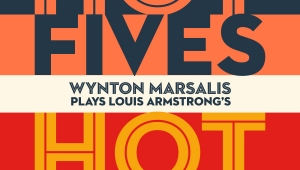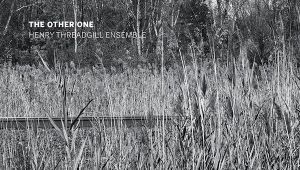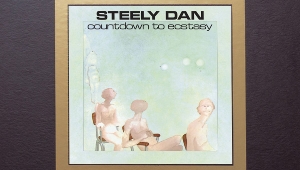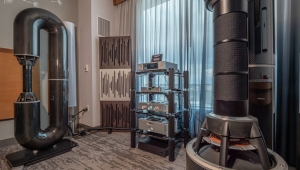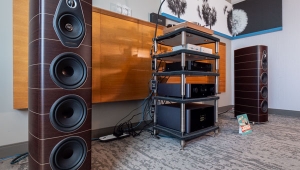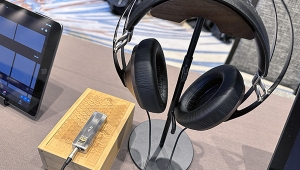| Columns Retired Columns & Blogs |
I highly recommend David Chesky's recordings of himself and fellow musicians, for great quality sound. I also downloaded some jazz treatments of holiday music by David Hazeltine, also from HDTracks - also great quality sound and performances.
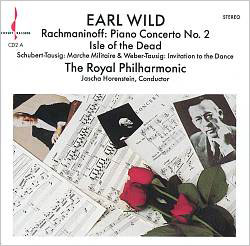 BERLIOZ: Symphonie Fantastique
BERLIOZ: Symphonie Fantastique The Berlioz Fantastique has suffered even more than the Rachmaninov Second at the hands of bored conductors assigned to produce yet another sonic blockbuster for the audiophile crowd. This one does not seem to have been struck from that mould [sic].
The Berlioz Fantastique has suffered even more than the Rachmaninov Second at the hands of bored conductors assigned to produce yet another sonic blockbuster for the audiophile crowd. This one does not seem to have been struck from that mould [sic].







